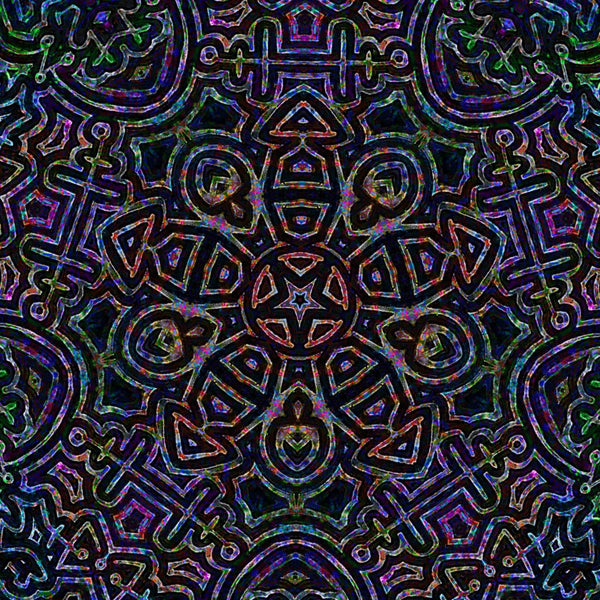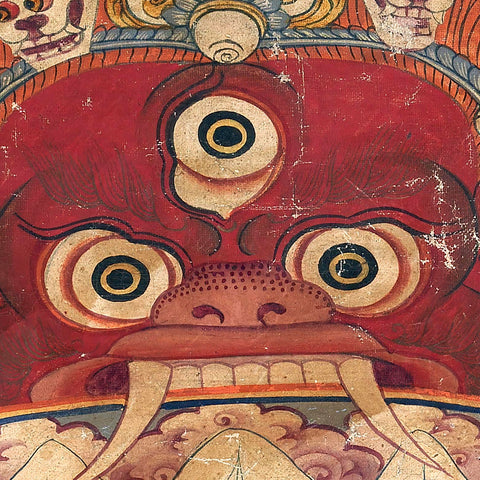Your Cart is Empty
Buy Any 4 Items, Get 15% Off Your Order!
Buy Any 4 Items, Get 15% Off Your Order!
Exploring the Beauty and Meaning of Tibetan Mandalas
December 21, 2022

Tibetan mandalas are intricate and beautiful works of art that have been used in Tibetan Buddhism for centuries. They are often depicted as circular diagrams that are filled with complex geometric patterns and symbols. The word "mandala" is derived from a Sanskrit word meaning "circle," and the circular shape of the mandala is thought to represent the universe and the concept of infinity.
In Tibetan Buddhism, mandalas are used as a tool for meditation and visualization. They are believed to have the power to transform the mind and bring about spiritual growth. Viewing a mandala is thought to be a way to connect with the divine and to cultivate inner peace and clarity. Mandalas are also believed to transmit positive, healing energies to the environment and to the people who view them.
There are many different types of mandalas, each with its own unique symbolism and meaning. Some mandalas depict deities, animals, or other spiritual figures, while others focus more on geometric patterns and symbols. Some mandalas are meant to be viewed and studied, while others are used as a guide for meditation or visualization practices.
The process of creating a mandala is often seen as a spiritual practice in itself. Tibetan monks spend hours, days, or even months creating mandalas using fine grains of colored sand. This process is known as "sand mandala construction," and it is thought to be a way for the monks to connect with the divine and to cultivate mindfulness and focus.
The creation of a sand mandala is a meticulous and time-consuming process. First, the monks must create a detailed blueprint of the mandala. This blueprint is used as a guide during the construction process. Next, the monks select the colors of sand they will use to create the mandala. The sand is then placed on a flat surface using small metal funnels called "chak-pur," and the monks use tiny metal rods called "tangkas" to shape the sand into the desired patterns and designs.
Once the mandala is complete, it is typically displayed in a public place where it can be viewed and appreciated by others. After a period of time, the mandala is then dismantled, symbolizing the impermanence of all things. The sand is then gathered and often placed in a nearby body of water, where it is believed to transmit the positive energies of the mandala to the surrounding environment.
Leave a comment
Comments will be approved before showing up.
Also in Sacred Surreal Blog
newsletter signup
Be the first to know about upcoming sales and promos. Get a 10% discount coupon when you subscribe!
Subscribe
Sign up to get the latest on sales, new releases and more …

Storewide Sale!
Buy any 4 items and get 15% off your total order! For a limited time only.




